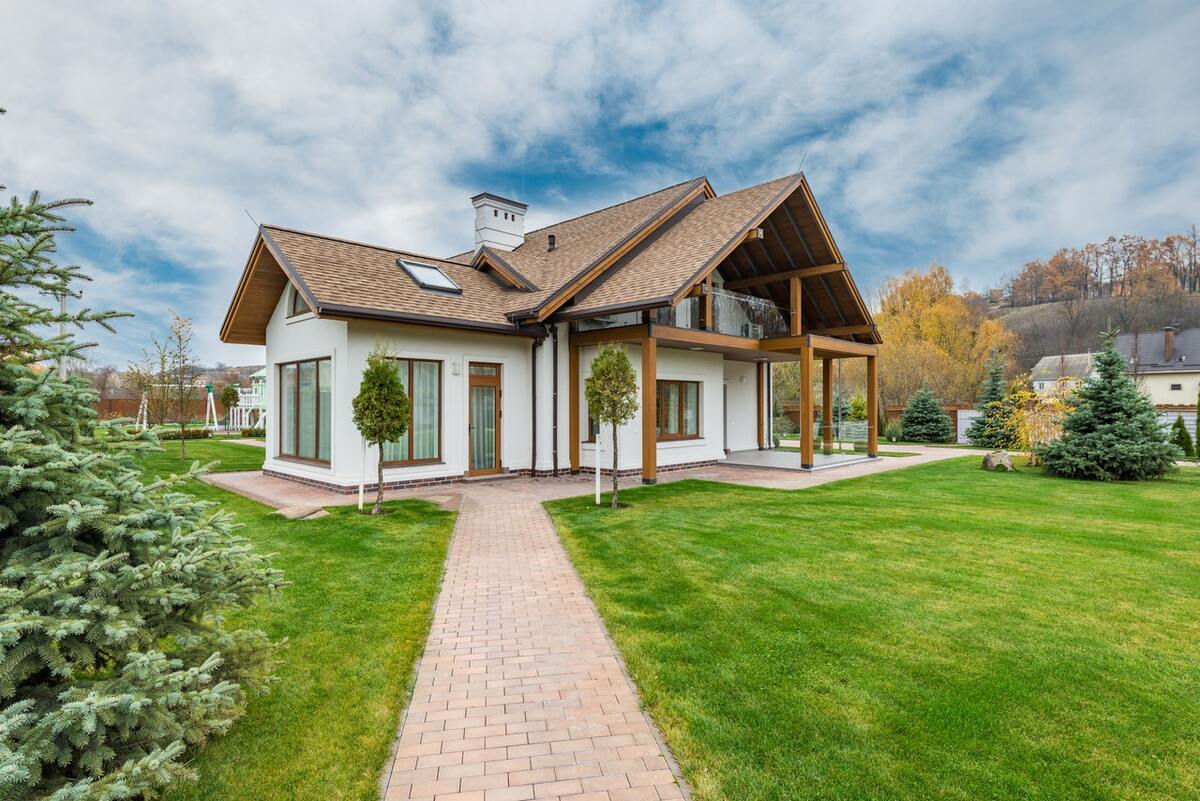ADUs Take the Stage in Green Building Efforts

Green building in the residential sphere is a worldwide need. Housing people in affordable living spaces requires urban planning and energy-focused policy, allowing nations to grow urban centers while shifting toward energy efficient futures for the wellbeing of all. As a result, researchers in some of the world’s most densely populated cities are looking to solutions that allow for more housing in less space.
Many environmentally-focused researchers have found that accessory dwelling units (AUDs) are one of the most sustainable housing options in areas where development is often stalled. These housing additions effectively reduce adverse ecological effects associated with construction and shrink a homeowner’s carbon footprint. Learn how the construction industry might be impacted by growing demand for ADUs.
Accessory Dwelling Units (ADUs) Defined
ADUs, sometimes known as mother-in-law suites or granny flats, is traditionally considered a guest house or attached dwelling adjacent to a single-family home. While ADUs can serve as additions for multigenerational family structures, they are increasingly used as separate dwellings to rent out or sell to other households. Effectively, ADUs allow more than one household to occupy a single lot.
There are various reasons why this could be attractive for urban residents. ADUs may be more affordable than owning a traditional single-family home and allow for more housing options in desirable locations. They also allow multigenerational families to embrace both community living and a sense of privacy.
For green builders, the most crucial aspect of ADU policy and construction is the opportunity for environmentally-friendly development. This opportunity is largely due to the propensity for pro-density building, an argument many urban planners and housing activists are making to accommodate further growth in cities with increasingly high costs of living.
What Are Pro-Density Building Policies?
As the global population continuously expands, the demand for affordable housing increases. Environmentalists view urban density as a solution to natural land conservation. Instead of expanding residential areas outward, builders can utilize industrial spaces and design smaller homes for efficiency.
Cities like Seattle established pro-density policies, preserving the environment while supporting population expansions. It developed inclusive zoning policies, helping construction professionals convert buildings into multifamily homes. Builders can access new project opportunities while reducing their adverse ecological effects.
Next, we’ll explore how accessory dwelling units further create a green footprint.
Emission Reduction
Reconstructing current buildings instead of demolishing and rebuilding them decreases the need for fossil-fuel-reliant machines. Using electric tools and human-powered devices can significantly shrink a construction project’s carbon footprint. They also require fewer outsourced and energy-intensive materials.
Large homes require significant quantities of cement to develop their foundations. The material accounts for nearly 8% of worldwide greenhouse gas emissions. Creating ADUs from previously constructed buildings eliminated the need for cement and other harmful materials.
After the building process, small units produce significantly less atmospheric and surface-level pollution. AUDs of nearly 1,149 square feet can decrease residential greenhouse gas emissions by up to 40% on average. They also help construction professionals conserve natural spaces.
Land Conservation
When builders construct ADUs in or above a garage, in a basement or in a spare portion of a home, they enhance minimalist lifestyles. Normalizing small and efficient living spaces can protect the land. ADUs also eliminate demolition practices, reducing surface-level pollution and habitat disruption.
When construction professions reduce residential expansions, they support urban development without requiring more suburban sprawl that can threaten protected land. ADUs additionally preserve green spaces, helping the environment maintain its natural carbon filtering practices.
Compatibility With Renewable Energy
Another benefit of ADUs is their compatibility with renewable energy systems. As eco-consumer rates rise, the demand for low-emission homes increases. Construction professionals can remain competitive by meeting clients’ needs and adding solar panels to small houses.
ADUs use less energy compared to larger properties, reducing stress on renewable energy systems. Builders can additionally install energy-efficient appliances within small units, eliminating a resident’s monthly energy bill. Smart thermostats minimize reliance on the conventional power grid by keeping the heating, ventilation and air conditioning (HVAC) system’s electricity pull within a solar system’s range.
The devices access weather predictions through a Wi-Fi connection, adjusting indoor temperatures to increase energy efficiency. They also turn HVAC systems off in vacant homes. When builders effectively eliminate residential emissions, they appeal to consumers and improve their projects’ success.
Is it Time to Start Building ADUs?
Construction professionals looking to enhance their sustainability ratings can abide by pro-density policies and develop ADUs. Environmentalists predict small dwelling units are the future of green living. Builders can gain a leg up on competitors by establishing a positive reputation in the field.



